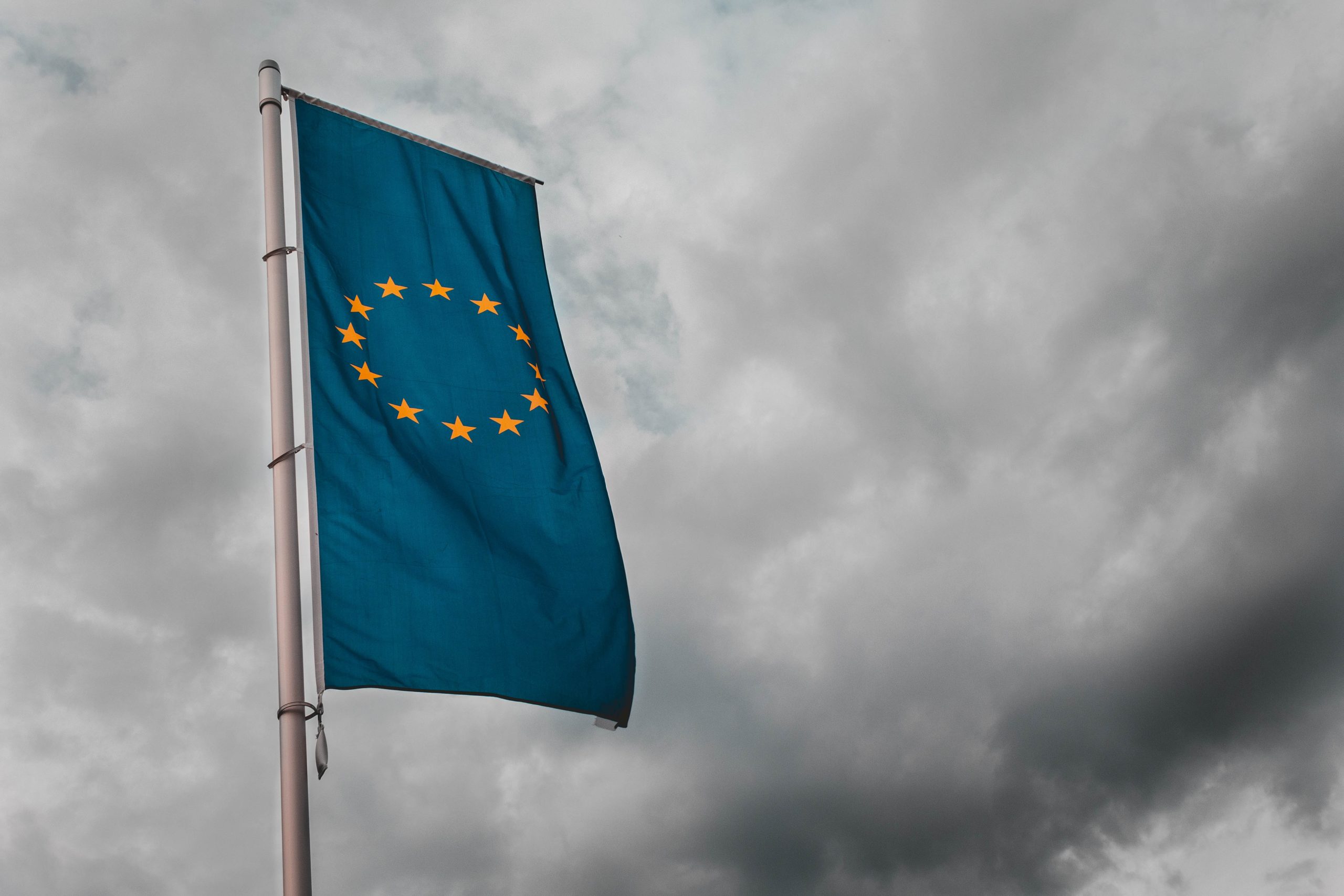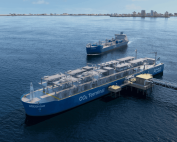The European Commission has unveiled a communication, “Delivering on the EU offshore renewable energy ambitions,” which is a pivotal part of the European Wind Package adopted on October 24, 2023. This communication represents a significant leap forward in the journey toward a more sustainable and renewable energy landscape for the European Union.
Offshore renewables are poised to play a central role in achieving the EU’s bold energy and climate targets for both 2030 and 2050. This ambitious vision aims to significantly reduce the EU’s reliance on imported fossil fuels and sets the stage for offshore renewables to become an indispensable component of the energy mix, vital for decarbonization and climate neutrality. This endeavor is underscored by the Member States’ collective aim to achieve a staggering 111 GW of offshore renewables by 2030. This target is nearly double the ambition articulated in the European Commission’s Offshore Renewable Energy Strategy of November 2020.
The Commission applauds this higher ambition, recognizing that it aligns with the broader goals of REPowerEU, which seeks an accelerated shift toward renewable energy sources. However, turning these elevated ambitions into concrete projects at an expedited pace is crucial, not only to meet climate targets but also to retain global leadership and competitiveness in manufacturing and deploying offshore renewable technologies. This task has become more challenging due to rising costs, squeezed profit margins, and the fragmentation of global supply chains, driven in part by constrained access to materials and skilled labor.
To complement the Action Plan for wind manufacturers within the Wind Package, this communication underscores the Commission’s unwavering commitment to offshore renewables and the new, more ambitious targets. The wind industry is central to achieving these goals, but ocean energy technologies are also poised to make substantial contributions. Given the unique components required for offshore renewables, the communication takes stock of progress, acknowledges the challenges ahead, and outlines a path forward to:
- Develop cross-border offshore grids based on reliable methods for cost-benefit analysis and cost allocation.
- Fast-track permitting.
- Strengthen maritime spatial planning (MSP) as a tool to enhance regional cooperation and sustainable co-existence between offshore renewables and other industries at sea.
- Strengthen the resilience of offshore renewable infrastructure and maritime security.
- Sustain R&I efforts to ensure EU’s technological leadership and sustainable solutions reconciling offshore renewable activities with the environment.
- Support the EU supply chains to develop their capabilities to remain competitive and able to help realize the higher ambitions levels for installed offshore capacities in the EU as well as in third countries through dedicated trade dialogues also with the involvement of industry.
These ambitious targets build on the EU’s previous offshore renewable energy strategy, published in November 2020, which aimed for 60 GW of offshore wind by 2030 and 300 GW by 2050, along with 1 GW of ocean energy by 2030 and 40 GW by 2050. The EU’s member states have since agreed on non-binding goals for offshore renewable energy generation by 2050, significantly surpassing the original targets. The new goals call for an estimated 111 GW of offshore renewable energy by 2030 and 317 GW by 2050. The North Sea basin has set even more ambitious goals, aiming for at least 300 GW by 2050.
To bridge the gap between the targets set by member states and current installations, a dramatic increase in installations is required, with an average of almost 12 GW per year. This is ten times more than the 1.2 GW installed in 2022.
The EU has already made substantial progress in ocean energy development, with pilot projects in tidal and wave energy advancing well, supported by initiatives such as Horizon Europe and the Innovation Fund. Achieving 100 MW of ocean energy capacity by 2027 and 1 GW by the end of the decade or early 2030s is now within reach.
Regional cooperation is seen as the key to realizing these offshore energy goals. Political leaders and ministers have met to strengthen cooperation and advance cross-border offshore renewable energy projects, building on earlier summits. These efforts are essential for the accelerated rollout of offshore renewable energy.
The European Commission’s communication marks a significant step forward in the EU’s commitment to offshore renewables and reflects the urgency of action required to meet ambitious targets. It underscores the importance of efficient permitting, grid infrastructure, maritime planning, resilience of infrastructure, research and innovation, supply chains and skills development to ensure the realization of these goals. By aligning these objectives with a commitment to sustainability, the EU is poised to transform its energy landscape and lead the global transition toward renewable and offshore energy sources.
Full text of the communication:
https://energy.ec.europa.eu/system/files/202310/COM_2023_668_1_EN_ACT_part1_v7.pdf















